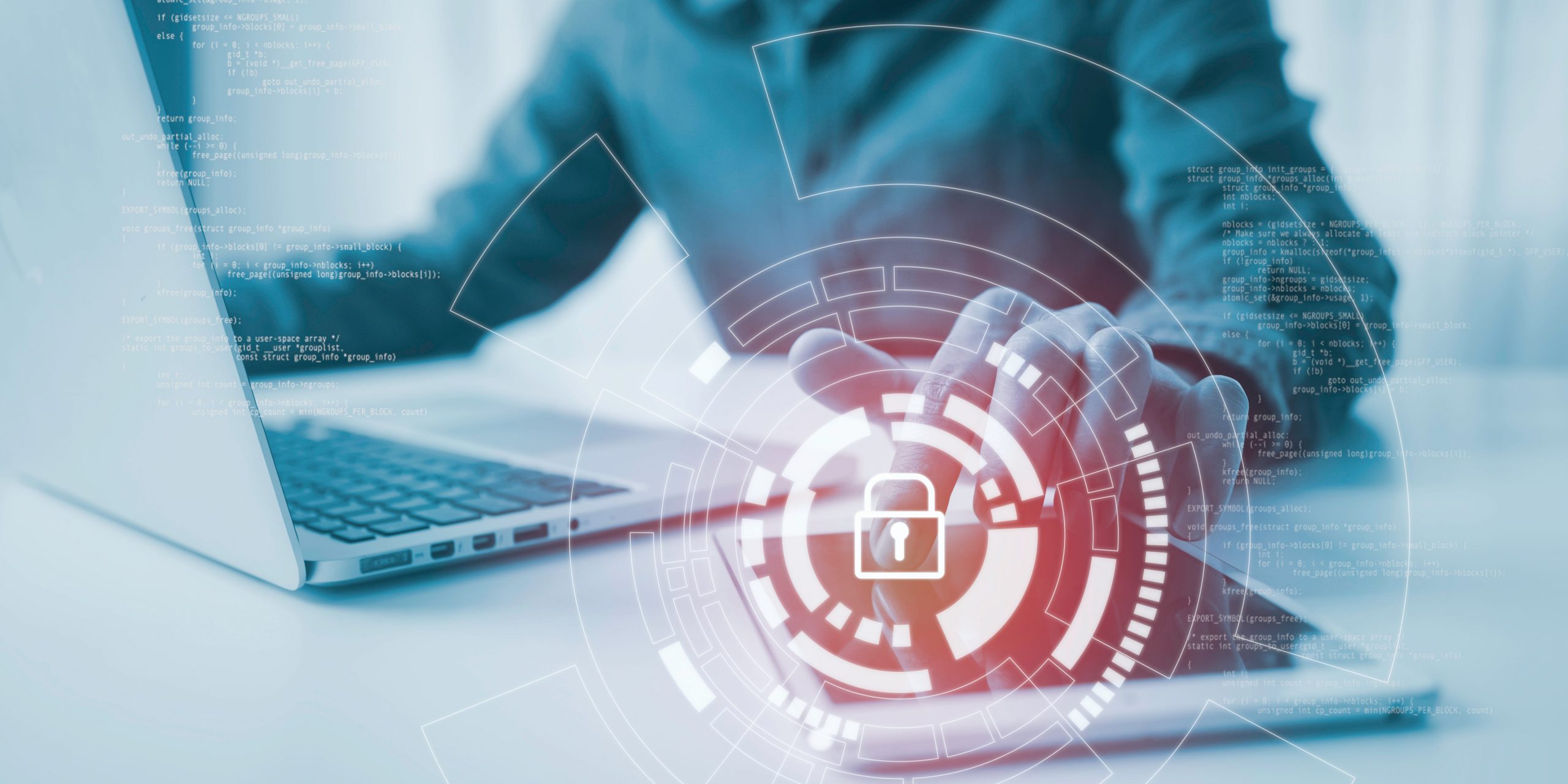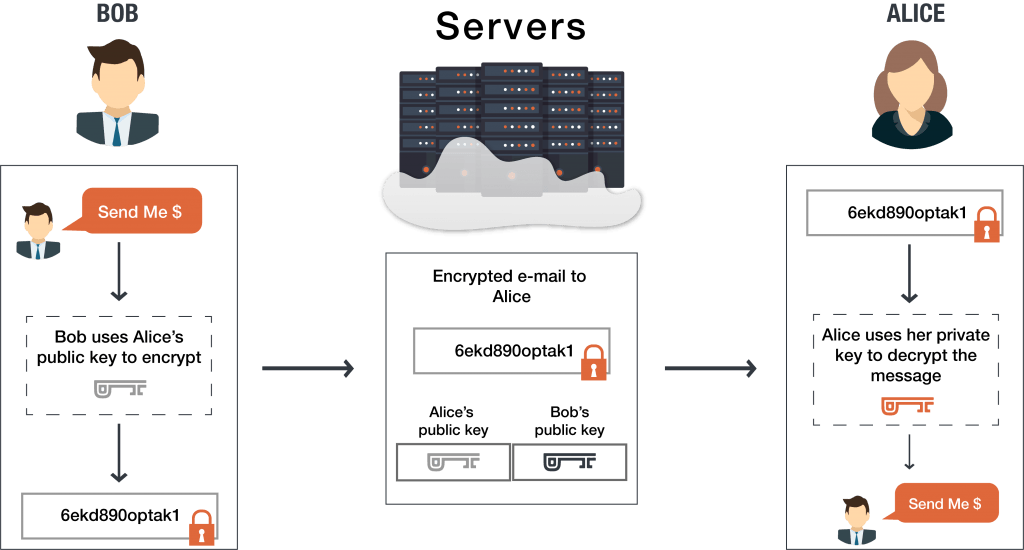

Whoever needs a chat tool that's free and has very few limitations. Finally, larger businesses, government departments, or other organizations may opt for a dedicated enterprise version, which is designed for bringing multiple Slack workspaces together. But work communication service Slack has decided against the idea of having end-to-end encryption due to the priorities of its paying customers (rather than those who use a free version of the service.). It is worth giving both a try to see which works best for you. Additional features include public, private, and one-to-one conversations, as well as file sharing, audio calls, and integration of third-party apps (including Zapier, Github, and Dropbox).
MATTERMOST END TO END ENCRYPTION CODE
Users have access to the source code and can fully customize, extend, or add new functionalities to the tool. Some of these top Slack alternatives might even surprise you with their rich free version and unlimited integrations. A breach at Slack of either the technical or legal variety would prove catastrophic to many organizations that rely on the service.

The asymmetric encryption with personal RSA key pairs used in ONLYOFFICE is a more reliable method that also enables encrypted collaboration.Since it provides plenty of features for free, we've decided to focus on alternatives that are all available as free hosted solutions.

We do not use master keys in document encryption.

We recommend using Private Rooms for working with all sensitive documents, as the feature provides ultimate protection of data even against unauthorized actors who have access to the document management system or the server itself. Private Rooms are the space where every piece of data is encrypted, including the states of storage, editing and collaboration. What are the scenarios for using Private Rooms?.


 0 kommentar(er)
0 kommentar(er)
